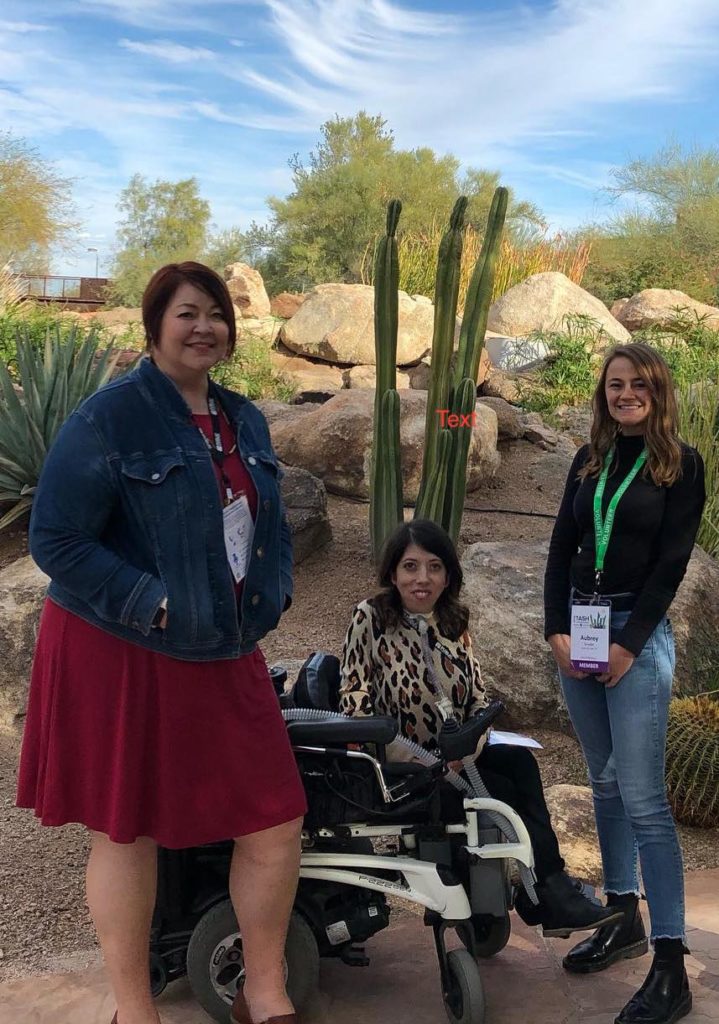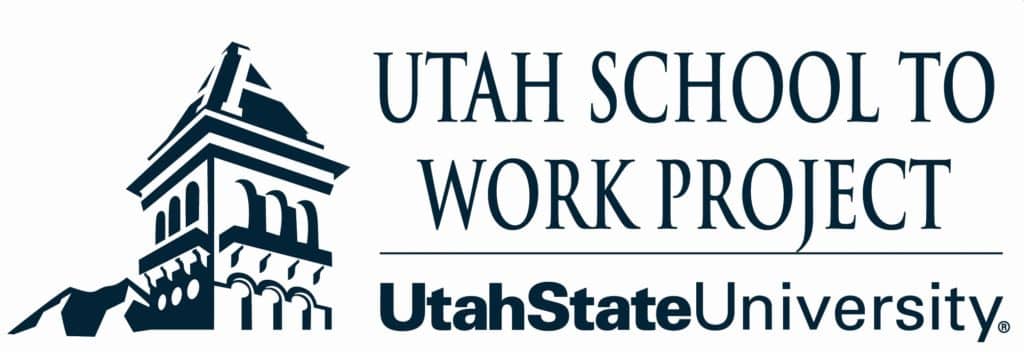
Utah School to Work Project has developed eight (8) project demonstration sites, where multi-agency partners work together as a team to coordinate employment services for transition age youth with significant disabilities, who will benefit from a customized approach to employment in pursuing competitive, community integrated employment.
These transition teams are made up of multiple community agencies and partners including; Educators and school administrators, Vocational Rehabilitation Counselors, Workforce Services WIOA Youth Counselors, State DD Services, adult service providers, support coordinators, and School to Work Project Staff. Each of these partners meet together on a monthly basis to ensure that employment services are coordinated and students have a full range of opportunities to explore employment and be connected to service agencies before they exit school.
What is Working Well
Working Together in Teams
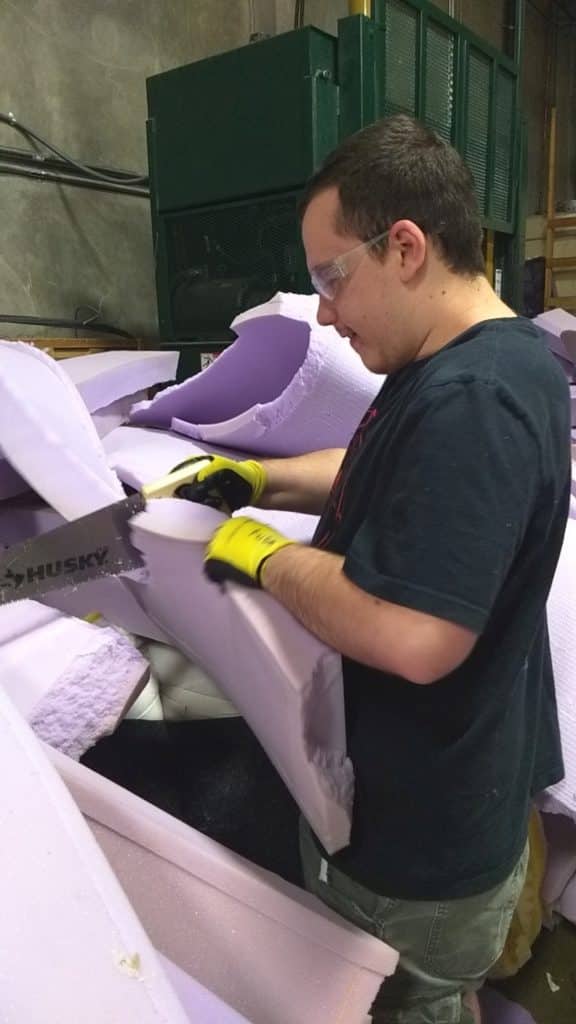
As agencies collaborate, team members are able to naturally build relationships and better coordinate employment services for students. They recognize the benefit of exploring employment opportunities beyond the traditional jobs. Because the framework of the project has expected all team members to have a working knowledge of the principles and practices of Customized Employment, an impact has been made at the systems and policy level to better serve and support individuals with significant support needs. For example, the Test of Adult Basic Education (TABE) that was required for WIOA Youth services participants has been waived as a result of WIOA youth counselors working directly with students who had significant support needs who the TABE created a barrier for accessing services. Another example includes students with significant support needs pursuing temporary work experiences in the school to work on projects through VR. A change to the policy and service was made because the way it was structured, a provider was not able to sustainably support a student with significant support needs so they were not benefiting from these temporary work experiences.
Teams are also able to approach Customized Employment as a collective process. All team members are able to give input of what they know about the student and combine their social capital to broaden the scope of possibilities for students. By coordinating employment services for these teams, students within the project are able to braid and blend their resources, helping to ensure greater opportunities are available to each student.
In spite of challenges with funding, capacity of providers, the commitment of the team to working together on behalf of the students and their success has continued to be strong. A trait of successful teams is the presence of strong leadership, positivity, high expectations of students, accountability, and support of one another in the respective roles.
Team Leads
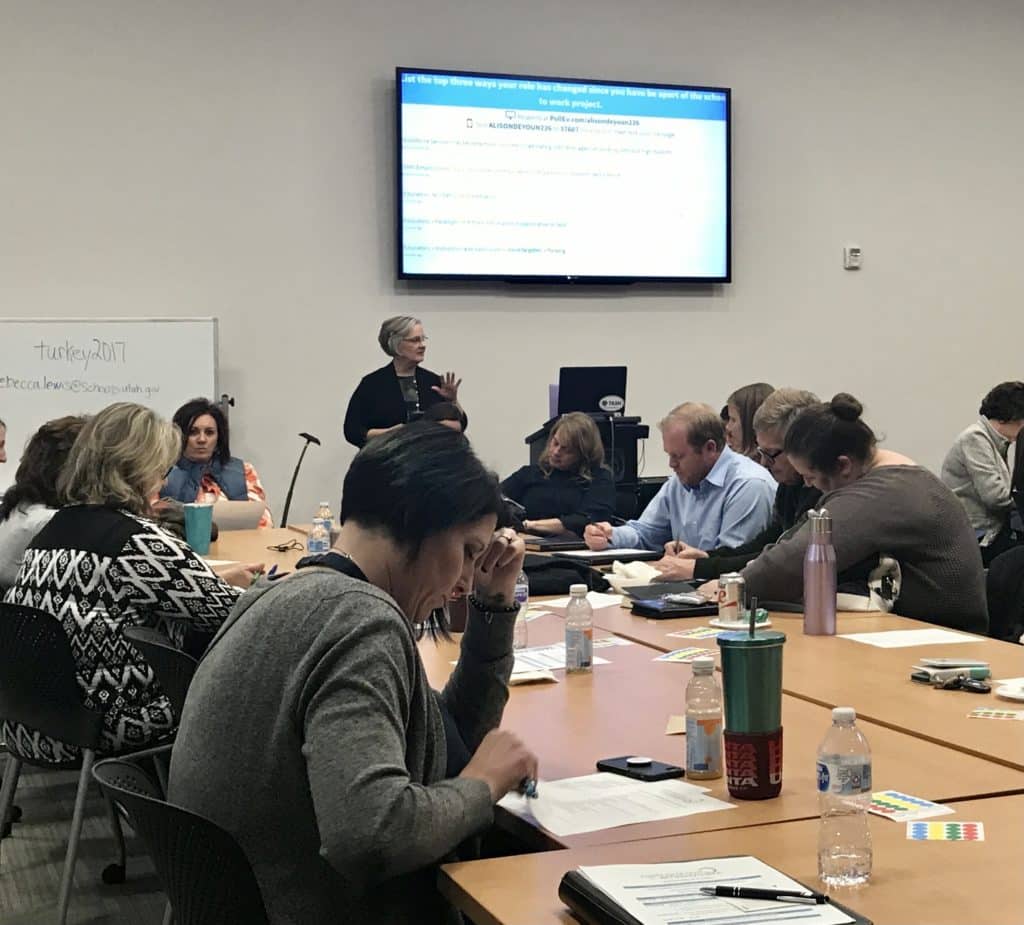
Another piece that has worked well is having a designated team lead for each transition team. These leads are usually educators who are based at the school and spend time with the students participating in School to Work. Having strong team leaders who value the process and collaboration among partners have strengthened the outcomes for students and the level of service coordination that has been able to happen for students. Even through difficulties that have arisen from COVID-19, team leads have been able to be a valued support to students who have been furloughed or lost employment by reconnecting them to employers as businesses reopen or connecting them to life-skills training or Pre-ETS services.
Next Steps Moving Forward
Toolkit
The School to Work team is currently working on putting together a toolkit for educators to use to develop their own School to Work team within their transition program. Additional modules will be developed in collaboration with the Utah State Board of Education and Griffin-Hammis Associates to guide educators, vocational rehabilitation counselors, and other team members through the customized employment process.
Charting the LifeCourse
The School to Work team has also recently graduated from the Charting the LifeCourse Ambassadors Series. Charting the LifeCourse is a person-centered planning framework which the team hopes to bring into the project to begin employment and meaningful life planning with students in the project who are new to the employment process or would like to explore additional meaningful ways to spend their day.
Customized Employment Training
Project leadership is excited to announce the finalization of a contract with Utah’s Department of Workforce Services – Utah State Office of Rehabilitation to develop and implement a Customized Employment training in the state of Utah. This training will be offered to employment specialists who currently hold an ACRE certificate and would like to expand the services they offer to include customized employment. Along with the training, Utah has announced that its rates for reimbursement for customized employment service have increased, further incentivizing employment services providers to work with people with the most significant disabilities.

